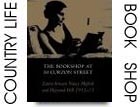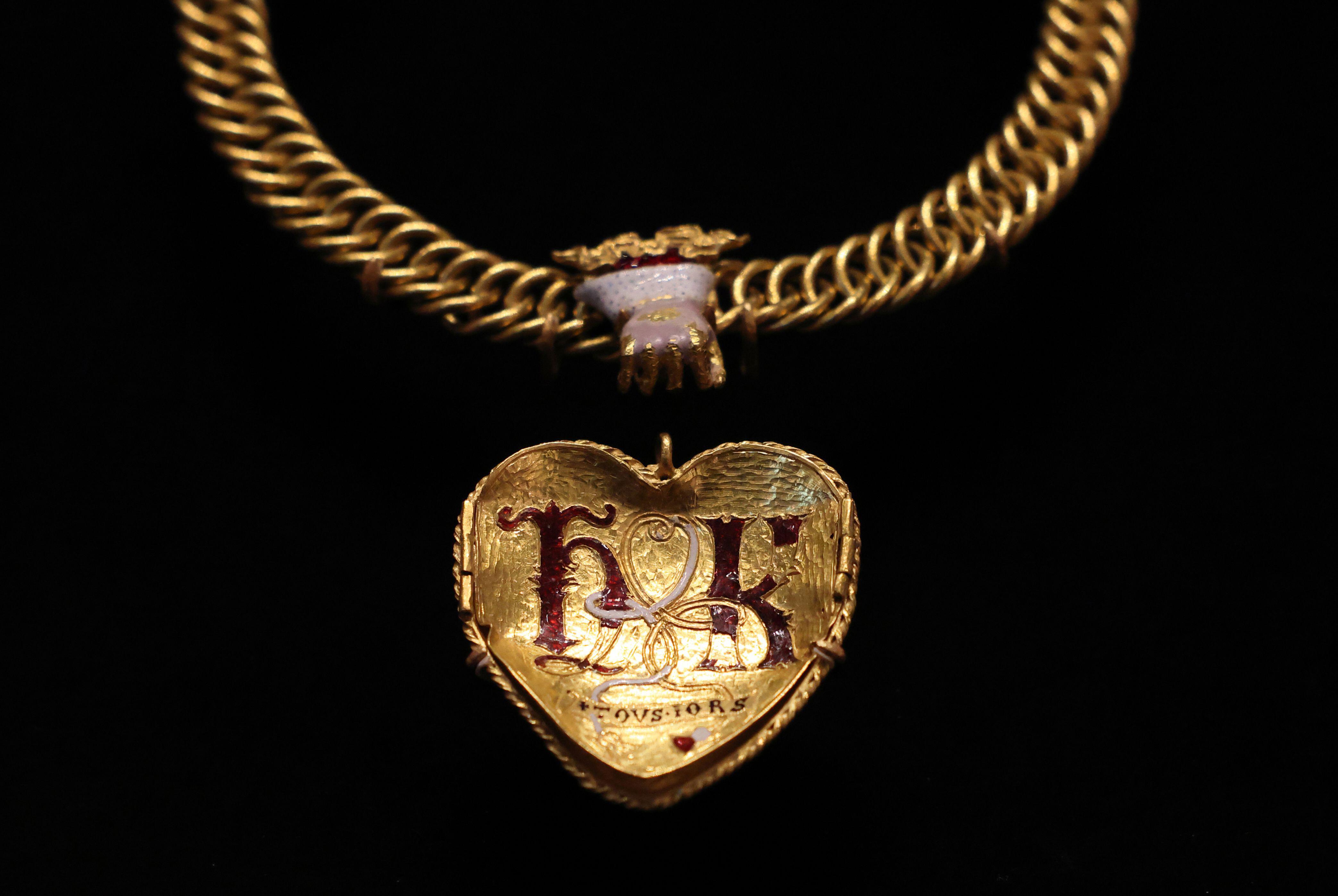The Bookshop at 10 Curzon Street
Two decades of epistolary gossip, shrieks and teases between Nancy Mitford and her bookshop colleague Heywood Hill


The Bookshop at 10 Curzon Street, John Saumarez Smith, (Frances Lincoln, £12.99)
This delicious book is timed to coincide with the centenary of Nanacy Mitford's birth in 1904. None of the novelist's legions of admirers will need to be told that a fresh volume of her letters is an exquisite treat, chock-full of jokes, teases and astringent observations. There have already been two collections published, and one of them, immortalising her fizzing exchanges over the net with Evelyn Waugh, has inspired a touring entertainment.
This time, her pen pal is less well-known, which makes the material all the more interesting and enjoyable. Heywood Hill, a contemporary at Eton of Anthony Powell, James Lees-Milne and Co, was a bookseller who opened his own shop in Curzon Street (initially at No 7 and later at No 10) in 1936. During the Second World War, Mitford worked in the shop and indeed effectively kept it going while he was away in the Army. Afterwards, a captious character called Handasyde Buchanan joined Hill in the business. John Saumarez Smith, who has deftly edited this selection of letters between Mitford and Hill from 1952 to 1973, began working in the shop in 1965, and has managed it with exemplary skill from 1974.
As Mr Saumarez Smith says in his introduction, the letters reveal much of Hill's delightful character - 'charming, funny and gentle'. He makes the perfect sympathetic foil for Miss Mitford's spiky sallies. Although she lived in France after the war, she longed to hear news about the bookshop and gossip about its eccentric customers. Hill would regale her with such splendid set-pieces as the occasion when Lady Theo Cadogan ('a customer even dottier than most') found herself imprisoned in the hall of the shop on a Saturday and proceeded to scream and lay about her with her umbrella, smashing the fanlight in the process before being rescued by police.
On every page there is at least one thought-provoking insight into life or literature and probably a laugh-out-loud moment for good measure.
I particularly liked Mitford's description of the dreadful Violet Trefusis ('the spit image of Stalin') stealing her lunch: 'She tottered to the table, scooped up all the fish,allthe potatoes, left half and threw her cigarette ash over it.'
Time and again, I heard myself murmuring 'Hear, hear,' as when Mitford remarks: 'Drawings ought to be owned bypeoplenot museums.' There is plenty of juicy gossip (such as the Queen Mother's tippling and taking a ham sandwich to bed every night), and Hill's simmering row with 'Handy' Buchanan adds piquancy to the sauce.
Exquisite houses, the beauty of Nature, and how to get the most from your life, straight to your inbox.
The pathos of Mitford's lingering last illness is heartbreaking ('If only painkillers would kill pain'). Yet what abides is the indomitable fun 'Shrieks' in Mitford lingo). As Mitford wrote to Hill: 'I believe people only want to laugh after all.'
Country Life is unlike any other magazine: the only glossy weekly on the newsstand and the only magazine that has been guest-edited by His Majesty The King not once, but twice. It is a celebration of modern rural life and all its diverse joys and pleasures — that was first published in Queen Victoria's Diamond Jubilee year. Our eclectic mixture of witty and informative content — from the most up-to-date property news and commentary and a coveted glimpse inside some of the UK's best houses and gardens, to gardening, the arts and interior design, written by experts in their field — still cannot be found in print or online, anywhere else.
-
 Can you buy happiness? The latest list of Britain's happiest places, and what you could end up with if you moved there
Can you buy happiness? The latest list of Britain's happiest places, and what you could end up with if you moved thereCan you buy happiness? Of course not, but you can buy a nicer house in a better town... and, well, that's probably going to help quite a bit.
-
 Is the British Museum's attempt to save a Tudor-era pendant with links to Henry VIII proof that the institution is on the up?
Is the British Museum's attempt to save a Tudor-era pendant with links to Henry VIII proof that the institution is on the up?After years of neglect and controversy, Britain's premier cultural institution seems to be finding its feet again.
